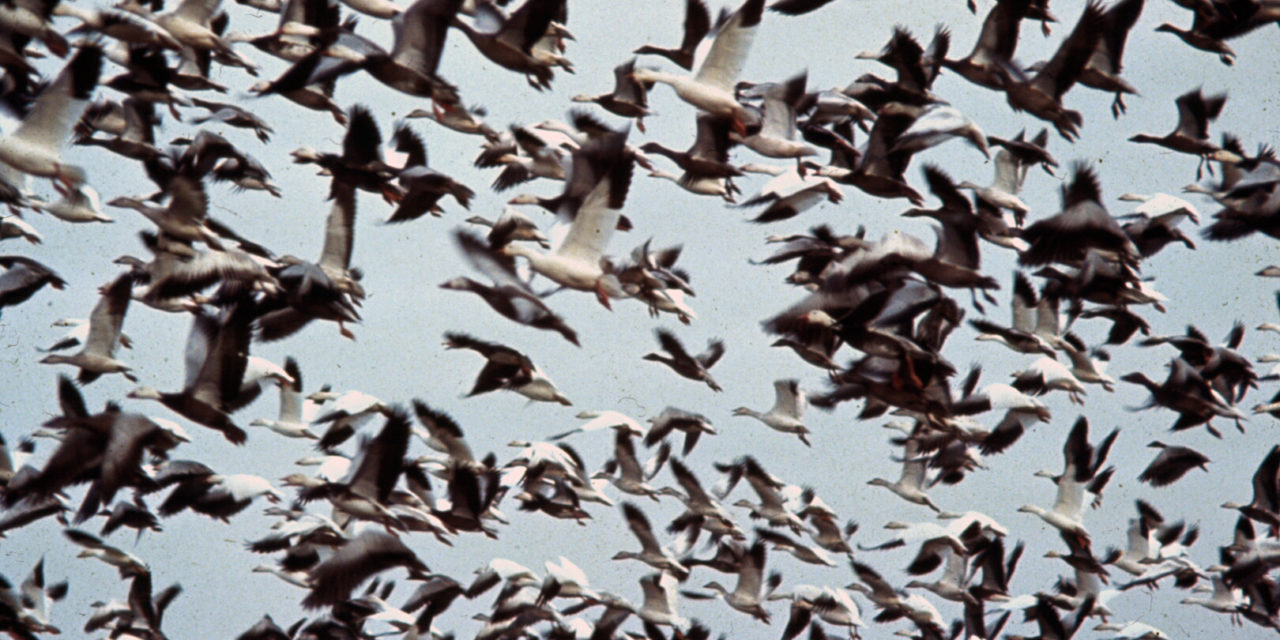If a commonly used metaphor compares obvious things to “like ducks take to water”, this ought to be a successful waterfowl season in Texas.
The state has abundant water for ducks this year in the sloughs, bayous, canals, ponds, rice fields, rivers, lakes, and bays all across the middle two-thirds of the state. From Beaumont to Baffin Bay, there’s abundant water. And feed. Prime waterfowl habitat isn’t confined to the coastal area, either. There’s welcoming habitat for ducks and geese all over Texas. September and October were wet. The rains came, and water is awaiting the birds’ arrival.
Texas is the end of the line in the United States for waterfowl migrating down the Central Flyway from Canada and the prairie pothole country of our northern states in route to a more hospitable place to spend the winter. Except during rare storms, our waters and feeding grounds remain unfrozen.
A record number of ducks is heading our way. Many are already here! Some will remain until time to head back north; some will pass on through to Mexico and Latin America. Enough will remain to make it a trophy season. TPWD’s Migratory Program Leader, Kevin Kraai, reported that the season looks extremely positive.
“As a duck biologist,” Kraai said, “things in Texas for this time of year could not look better.” He justified his outlook by referring to the conditions mentioned above. “This scenario is excellent for attracting ducks to winter in Texas,” he added, “and for them to have a successful breeding period finding a good mate, staying fat, and hopefully having a successful breeding season that will send more ducks to Texas next year.”
Kraai says last year’s breeding population was one of the best on record. Most species were unchanged from the previous year. Only pintails and scaups declined significantly. He says we are going to see a lot of ducks this year. But does that mean hunters will limit out?
The vast habitat could actually be a drawback to successful shooting. As Kraai puts it, “Simply, more options (exist) for the birds on the landscape to avoid hunters.” We saw that on our deer lease. We had muchos ducks on our 41-acre lake – we estimated sometimes a thousand! But there was a similar size lake on a ranch across the fence. We’d get set up around the lake, and, when the first flight came close enough, we opened fire. After a volley or two, the ducks were gone. I mentioned it to the adjoining rancher and he said the same thing happened on his lake. Kraai added, “Ducks learn very quickly and they are patterning us humans just like we are trying to pattern them.”
Reports from the Arctic goose breeding grounds, though, are bleak. Production was a bust. Expect only mature geese. Some of them have been coming to Texas for 30 years and have learned how to survive. Hunting will be hard.
The South Zone duck season opens on Nov.3; North Zone Nov. 10.
JJ





